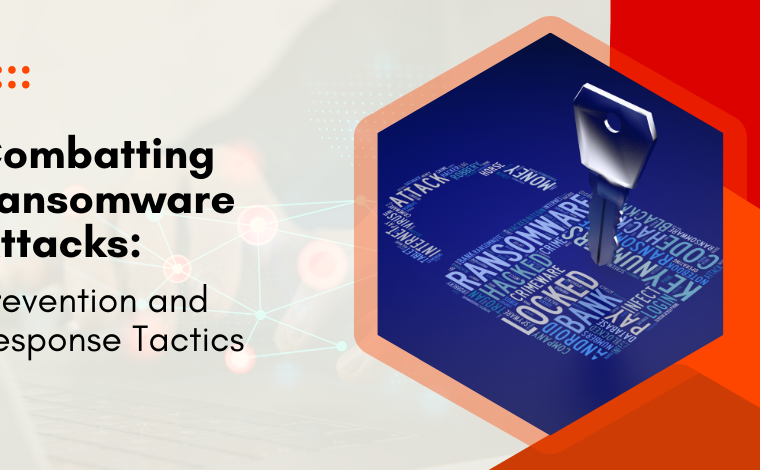Maximising Data and IT Capability on a Limited Budget

Stay Informed With Our Weekly Newsletter
Receive crucial updates on the ever-evolving landscape of technology and innovation.
In today’s data-driven business landscape, maximising data and IT capability is crucial for achieving operational efficiency, driving innovation, and gaining a competitive edge.
However, investing in data and IT infrastructure can be for many organisations, particularly those with limited budget, time and effort.
Understanding the importance of data and IT capability

With the abundance of data available, businesses need to recognise the significance of utilising this information to make better-informed decisions.
Data is central to modern business operations, enabling organisations to gain insights, enhance customer experiences, and streamline processes.
Simultaneously, IT capability encompasses the technological tools, systems, and infrastructure that facilitate effective data management, storage, and analysis.
Investing in IT capability ensures seamless integration between data sources, enhances data security, and fosters collaboration.
The role of data in modern business
Data has evolved from a static record-keeping asset to a strategic resource that can fuel growth and innovation.
Organisations can gain valuable insights into customer preferences, market trends, and potential opportunities by analysing data.
This enables them to enhance their decision-making process, tailor their products or services, and meet customer needs more effectively.
Moreover, data-driven decision-making empowers organisations to track their performance, identify areas for improvement, and optimise operational efficiency.
Businesses can uncover hidden patterns and correlations by leveraging data analytics, mitigating risks, and making more accurate forecasts.
Why IT capability matters
Robust IT capability is essential for harnessing data’s full potential.
An adequate IT infrastructure can support data collection, storage, processing, and analysis, ensuring its availability and integrity.
It enables efficient data management practices, reducing the risk of data loss, duplication, or unauthorised access.
Furthermore, IT capability enables seamless connectivity and integration between different systems, fostering collaboration across departments.
This facilitates data sharing, promotes real-time updates, and increases overall productivity.
Effective IT capability also ensures scalability, allowing businesses to adapt to changing data requirements as they grow.
Additionally, investing in IT capability can provide businesses with a competitive edge in the market.
By leveraging advanced technologies such as artificial intelligence (AI) and machine learning (ML), organisations can gain deeper insights from their data, identify emerging trends, and make proactive decisions.
This can help businesses stay ahead and drive innovation in their industry.
Furthermore, having a strong IT capability can also enhance customer experiences.
With the right systems, businesses can provide personalised recommendations, targeted marketing campaigns, and seamless online experiences.
This not only improves customer satisfaction but also increases customer loyalty and retention.
Assessing your current data and IT infrastructure
Before embarking on any data and IT initiatives, conducting an in-depth assessment of your existing infrastructure is crucial.
This assessment will help identify the strengths, weaknesses, and gaps that must be addressed to maximise your data and IT capability.
Conducting an IT audit
An IT audit evaluates your current IT systems, practices, and policies. It includes assessing hardware, software, networks, and security measures.
Conducting an IT audit enables you to identify outdated technology, bottlenecks, or vulnerabilities that may hinder data management and IT capability.
An IT audit also helps ensure compliance with industry regulations, data privacy laws, and cybersecurity best practices.
It enables businesses to implement necessary security measures to protect sensitive data and mitigate risks associated with cyber threats.
Identifying gaps in your data management
When evaluating your data management practices, it is essential to identify any gaps or inefficiencies that may hinder your data and IT capability.
Assess the data collection processes, storage methods, and data access procedures. Look for areas where data may be siloed or redundant, preventing a holistic view of your business operations.
Determine if you have adequate data analysis tools and resources. Analysing data requires efficient tools like business intelligence software, statistical analysis applications, or customer relationship management systems.
Identifying the gaps in your data management enables you to prioritise your IT needs and identify potential solutions.
Prioritising your IT needs

Once you have assessed your current infrastructure and identified gaps, the next step is prioritising your IT needs based on your business objectives and budget constraints.
Determining essential IT functions
Start by determining the essential IT functions required to support your business goals.
Consider the specific data requirements, such as data storage, analysis, or integration.
Identify the critical systems or software applications that are integral to your operations.
Also, assess the benefits and impact of implementing or upgrading specific IT functions.
Prioritise the ones with the highest potential for improving efficiency, decision-making, and customer satisfaction.
Balancing needs and budget constraints
While identifying your IT needs, it is crucial to consider your budget limitations.
Determine the resources available for investment in IT infrastructure and weigh the potential return on investment.
Consider cost-effective alternatives and explore open-source software options that provide similar functionality to proprietary solutions without the hefty price tag.
Additionally, leverage cloud-based services, which offer scalable solutions with flexible pricing models, enabling businesses to access advanced data and IT capability without significant upfront costs.
Implementing cost-effective IT solutions
Implementing cost-effective IT solutions can help businesses with limited budgets maximise their data and IT capability without compromising on quality or functionality.
Exploring open-source software options
Open-source software refers to applications and systems that are freely available and can be modified by users.
Explore open-source alternatives to expensive proprietary software for data analysis, content management, or customer relationship management systems.
Popular open-source software options include Apache Hadoop and Apache Spark for big data processing, MySQL or PostgreSQL for database management, and WordPress for website development and content management.
Leveraging cloud-based services
Cloud-based services offer scalable IT solutions with pay-as-you-go pricing models. This enables businesses to access advanced IT capabilities without hefty upfront costs.
Cloud services provide flexible data storage options, data backup and recovery, and infrastructure maintenance.
Popular cloud service providers like Amazon Web Services, Microsoft Azure, or Google Cloud offer a wide range of services, including data analytics platforms, AI frameworks, and ML tools.
Optimising data management on a budget

Optimising data management is crucial for maximising data and IT capability. Even with limited budgets, there are several strategies businesses can employ to streamline data processes and enhance efficiency.
Streamlining data collection processes
Review your data collection methods and identify opportunities for automation or simplification.
Implement automated data collection tools or integrate existing systems to eliminate manual data entry, reduce errors, and save time.
Additionally, data cleansing and data standardisation processes can help ensure the quality and consistency of your data.
By removing duplicates, correcting formatting errors, and enforcing data standards, businesses can improve the accuracy and reliability of their data.
Utilising affordable data analysis tools
While sophisticated data analysis tools can be expensive, affordable options provide robust functionality for small—and medium-sized businesses.
Explore tools such as Tableau Public, Microsoft Power BI, or Google Data Studio, which offer data visualisation capabilities, interactive dashboards, and advanced analytics.
These tools allow businesses to effectively uncover insights, detect trends, and communicate data-driven insights.
Conclusion
Businesses with limited budgets can maximise their data and IT capability by understanding the importance of data and IT capability, assessing their current infrastructure, prioritising their IT needs, and implementing cost-effective solutions.
With careful planning and strategic investments, organisations can leverage their data assets to drive growth, improve decision-making, and stay ahead in today’s competitive digital landscape.
Ready to dive deep into the power of data with learning analytics?
Visit the Institute of Data to see how our corporate training programs can supercharge your organisation’s educational journey.
Ready to learn more about our programs? Contact our local team for a free consultation.





